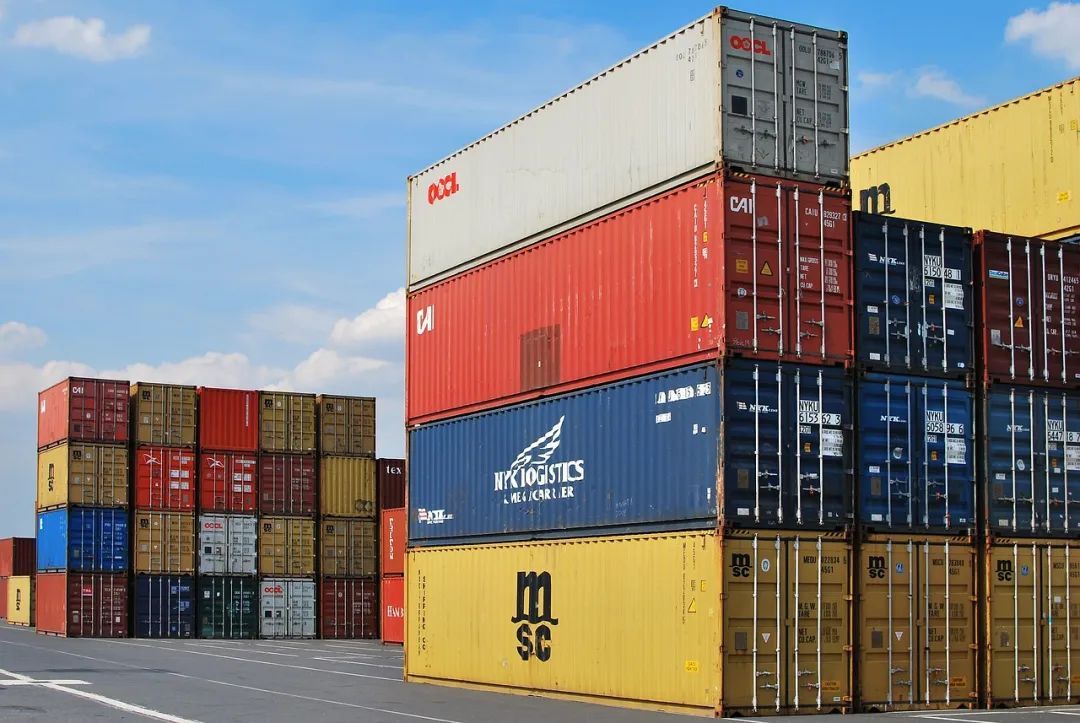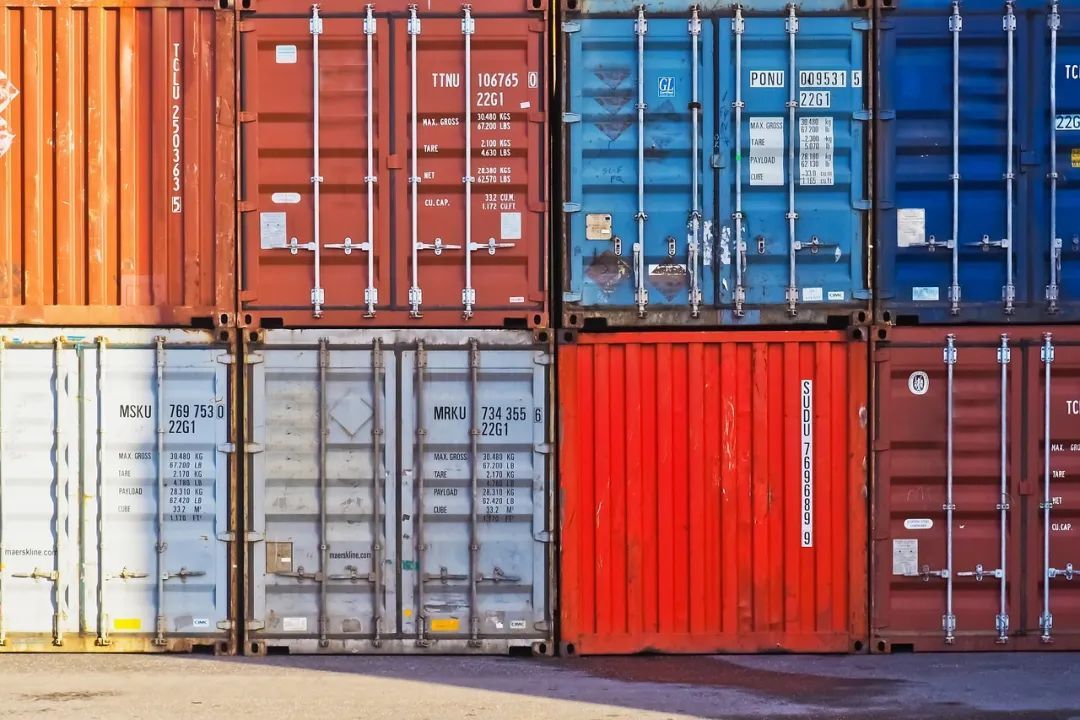Dry cargo | A must-see for LCL cargo, practical skills for sea LCL!
In international ocean transportation, LCL is suitable for situations where the quantity of goods is small or the volume is not enough to fill the entire container.
Sea freight LCL cargo is usually organized and managed by logistics companies or freight forwarders. The goods of multiple cargo owners are assembled reasonably to make full use of the container space.
So, what are the differences between LCL and FCL, and what do you need to pay attention to when shipping?

01 The difference between LCL and FCL
Sea freight LCL means that the goods of different shippers are assembled and transported in one container. LCL can make full use of container capacity and reduce the transportation cost of each cargo owner.
FCL by sea, also known as FCL or FCL. Goods will not be mixed with other goods from different owners in the same container. This method is suitable for large quantities of goods or goods that need to maintain integrity and independence.
02 Features and advantages of LCL
Cost-effectiveness:For smaller quantities, LCL shipping is usually more cost-effective than FCL shipping because the shipping costs are shared among multiple shippers.
flexibility:LCL shipping allows shippers to ship smaller shipments as needed without having to wait for the container to fill.
save space:By assembling the goods reasonably, the space of the container can be fully utilized and the waste of space can be minimized.

03 Precautions for sea freight LCL
Loading and unloading time:LCL shipments may require more handling time due to the need to assemble when packing.
Cargo Protection:Goods may come into contact with other goods within the container and additional protective measures may be required.
Route restrictions:Some routes and ports may not have LCL services, resulting in limited shipping options.
04 Practical tips for shipping LCL
01 Generally do not accept the designated shipping company
The shipping company only accepts the booking of full container cargo, and does not directly accept the ocean shipping booking of LCL cargo. Only after the LCL cargo is assembled through the freight forwarder can the shipping company be booked.
Due to the limitation of cargo sources, general freight forwarders can only book space from a few shipping companies, and rarely meet the needs of designated shipping companies. fulfil requirements.
Almost all LCL goods are transported through freight forwarding companies "centralized consignment and centralized distribution". The LCL distribution port in East China is basically Shanghai Port.
02 Pay attention to the relevant transportation terms
When negotiating a deal with the customer, special attention should be paid to the relevant transportation terms, so as not to find that the transportation terms cannot be met when the other party's letter of credit is issued and checked in.
In our daily operations, we often encounter L/C regulations that LCL transportation does not accept the bill of lading of the freight forwarder, because the shipping company does not directly accept the booking of LCL cargo, the shipping company's ocean bill of lading is issued to the freight forwarder, and the freight forwarder then Issue HOUSEB/L to the consignor. If the L/C regulations do not accept the freight forwarder B/L, then there is no room for choice during the actual transportation, which will cause L/C discrepancies.
03 Billing t try to be as accurate as possible
Before the delivery of LCL goods, the factory should be required to measure the weight and size of the goods as accurately as possible. When the goods are delivered to the warehouse designated by the forwarder for storage, the warehouse will generally re-measure and charge for the re-measured size and weight. standard.
If the factory changes the packaging, the factory should be required to notify the factory in time. Don’t wait until the goods are delivered to the warehouse of the freight forwarder to feed back the information through the freight forwarder. Often the time is already very tight. If you change the customs declaration documents, it is easy to delay the customs declaration or generate an urgent customs declaration fee. And Hong Kong fees, etc.
04 Pay attention to the minimum charge for goods
In some ports, due to the shortage of LCL goods and high cost, freight forwarding companies specializing in LCL adopt the lowest charging standard for goods with small volumes.
For example, the minimum starting calculation is 2 freight tons, that is, if it is less than 2 freight tons, it will be charged as 2 freight tons. Therefore, for goods with small volumes and partial ports, more consideration should be given to these factors when making transactions, so as to avoid being passive in the future.
05 Confirm the fee before signing the contract
For some routes and ports that are relatively remote, and the customer proposes to deliver LCL goods to inland points, it is best to consult before signing the contract to confirm that there are shipping companies and freight forwarding companies that can undertake delivery to these remote ports and inland points and related fees before signing the contract.
Summarize:
Overall, sea freight LCL is a flexible and cost-effective sea freight method, especially suitable for export shipments with small quantities or small businesses.




















